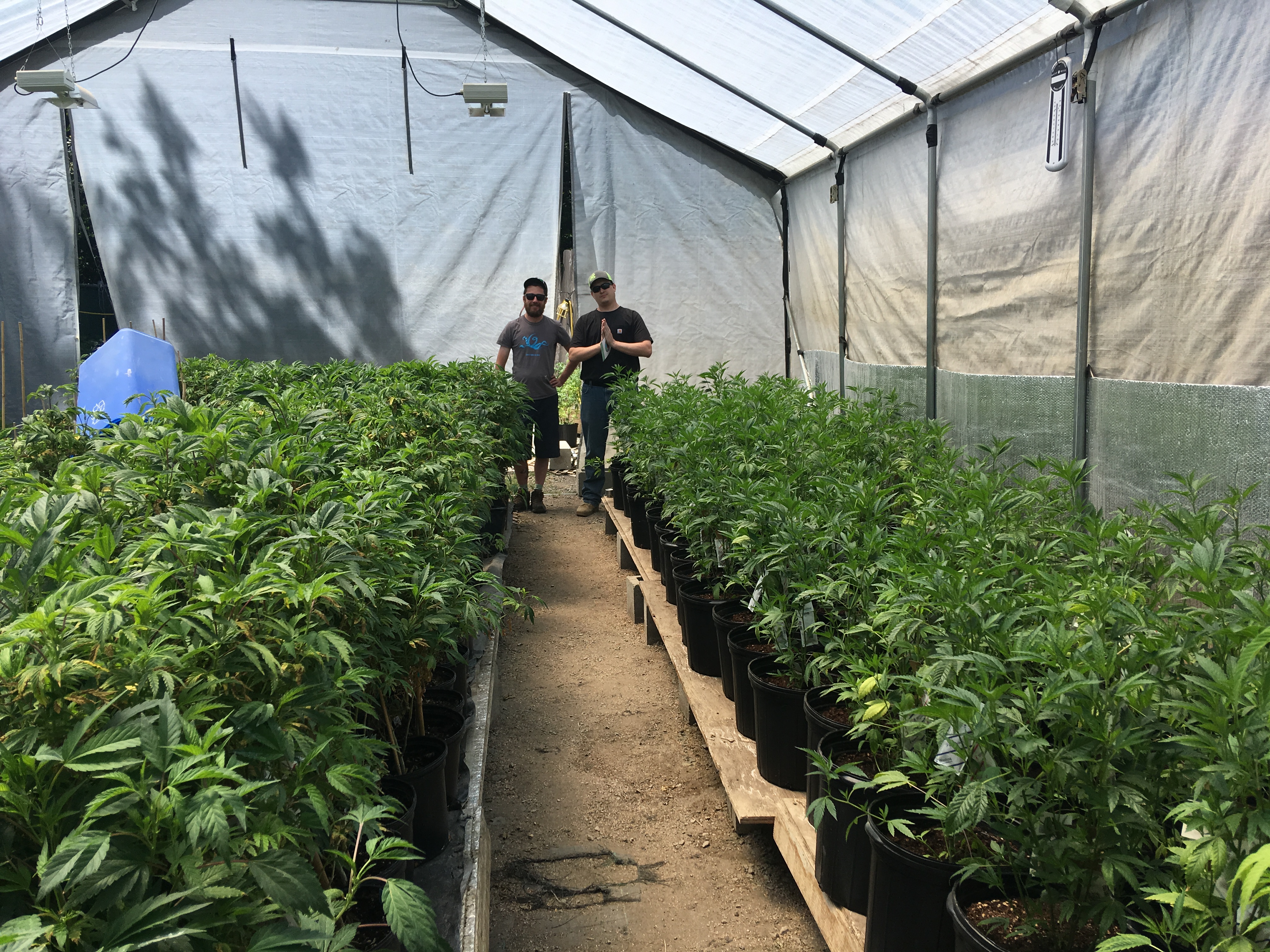
Several years ago, Matt Kurth reached a crossroads in his life. After working as a whitewater river guide for ten years, he got “tired” of it and realized he was ready to tackle another challenge. It just happened to incorporate his experiences as a tour guide, a longtime passion of his, and a budding industry.
“Guiding and showing people [places] are things I’ve been good at,” Kurth says. After becoming disillusioned with being a whitewater river guide, he recognized a major cultural shift was on the horizon. “I saw cannabis legalization coming in the future and I wasn’t the only one that saw it was going to be legal [relatively soon]. So I got the idea to combine the two.”
Inspired by his love of tourism and cannabis (the latter “has always been a big part of my life,” Kurth mentions), the Californian launched Humboldt Cannabis Tours in 2015. The company has introduced 420 enthusiasts as well as novices to cannabis producers in one of the United States’ biggest weed-growing regions (Up to 15,000 grows take place annually in Humboldt County).
Kurth is just one of many who have taken advantage of the increasingly lucrative world of cannabis – especially as its legislation is becoming more widespread in North America. According to Marijuana Business Factbook, the economic impact of legal cannabis will jump 223% from 2017 to 2022. Cannabis for recreational use is currently legal in ten states and in the District of Columbia, while in late October 2018, Mexico’s Supreme Court took steps to opening the door to legalizing recreational cannabis. Meanwhile, earlier that month, Canada became the second country in the world (following Uruguay) to legalize weed for recreational use.
Not surprisingly, cannabis tourism has emerged as big business for destinations where the drug has been legalized recreationally. “We’ve been busy in bookings and we’re being approached daily by people submitting their own tour and experience ideas,” says Matt Cronin, the CEO and co-founder of Canada High Tours, which operates visits of dispensaries in numerous cities and provides its guests opportunities to consume cannabis in legal outdoor settings.
Further south, in Colorado, cannabis tourism has risen more than 50% since 2014 and according to the most recent figures available from its Department of Revenue, the Centennial State welcomed roughly 6.5 million cannabis tourists in 2016 – evidence that legalization can spark a growth in cannabis tourism. Even in a state whose tourism department has refused to market it due to the plant being illegal federally.
“Cannabis tourism wasn’t happening in Colorado before they legalized it [in 2012],” Kurth notes. He has personally experienced the benefits of legalization in California – without it, Kurth admits he wouldn’t be as successful as his base would be limited to those permitted to use cannabis medicinally.
How to start a cannabis tour company
So what happens when you’re in a destination that has legalized cannabis and you want to launch a tour company? First, you just might have to overcome the “reefer madness stigma,” states Stacie Johnson, co-owner of Blazing Trails, a Bend, Oregon-based tour operator that informs guests about matters such as consumer safety, the state’s cannabis history and growing the plant. “The biggest challenges we face in educating people about cannabis is breaking down barriers of what is already thought and believed about [it].”
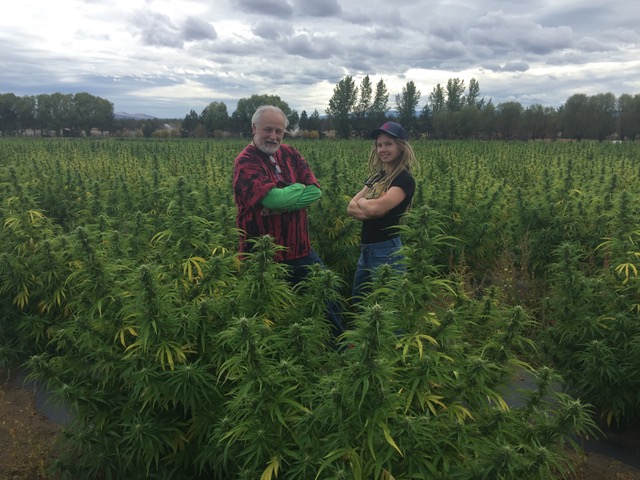
While Johnson can credit relatively recently published academic research as serving as a valuable tool in squashing fears potential guests may have about cannabis, Kurth had to spend a little more than two years working to convince a skeptical Humboldt County government to grant him a business license. That wasn’t a surprising development as he believes people tend to proceed cautiously when presented with a new concept. Kurth had pitched Humboldt Cannabis Tours as being “just like every other tour business,” but only three months after obtaining a license, he was informed that it was no longer mandated for his sort of business.
Navigating a myriad of regulations is a challenge that Canada High Tours has faced as cannabis laws differ vastly throughout the country’s jurisdictions. The company has thus decided to conduct operations in what it considers practical places. “We’ve targeted provinces and cities where outdoor cannabis consumption is aligned with cigarette smoke free laws,” says Cronin. “Otherwise, we’d rely heavily on lounges, which have their own set of challenges depending on the what city/municipality and we don’t want that.”
Is cannabis tourism sustainable and educational?
So once you get a tour company off the ground, can you make a cannabis tourism product sustainable? Kurth strongly believes so as he takes clients to “over-the-top environmentally sustainable” cannabis-producing farms.
“[The farmers] don’t use water, chemicals, plastic or gasoline,” he notes. Furthermore, by taking guests to farms, he aims to dispel the myth that cannabis needs to be grown indoors, which he views as being detrimental to the environment.
“It takes so much energy to grow weed indoors and it doesn’t even turn out that good,” adds Kurth, who strongly advocates outdoor, sungrown cannabis.
Like many other forms of tourism, a cannabis tourism product has the potential to greatly benefit a community if well executed. Kurth can attest to that.
“For every dollar I bring in [to Humboldt County],” he says. “Seven more dollars go the community. And that’s huge. It’s all pretty sustainable.”
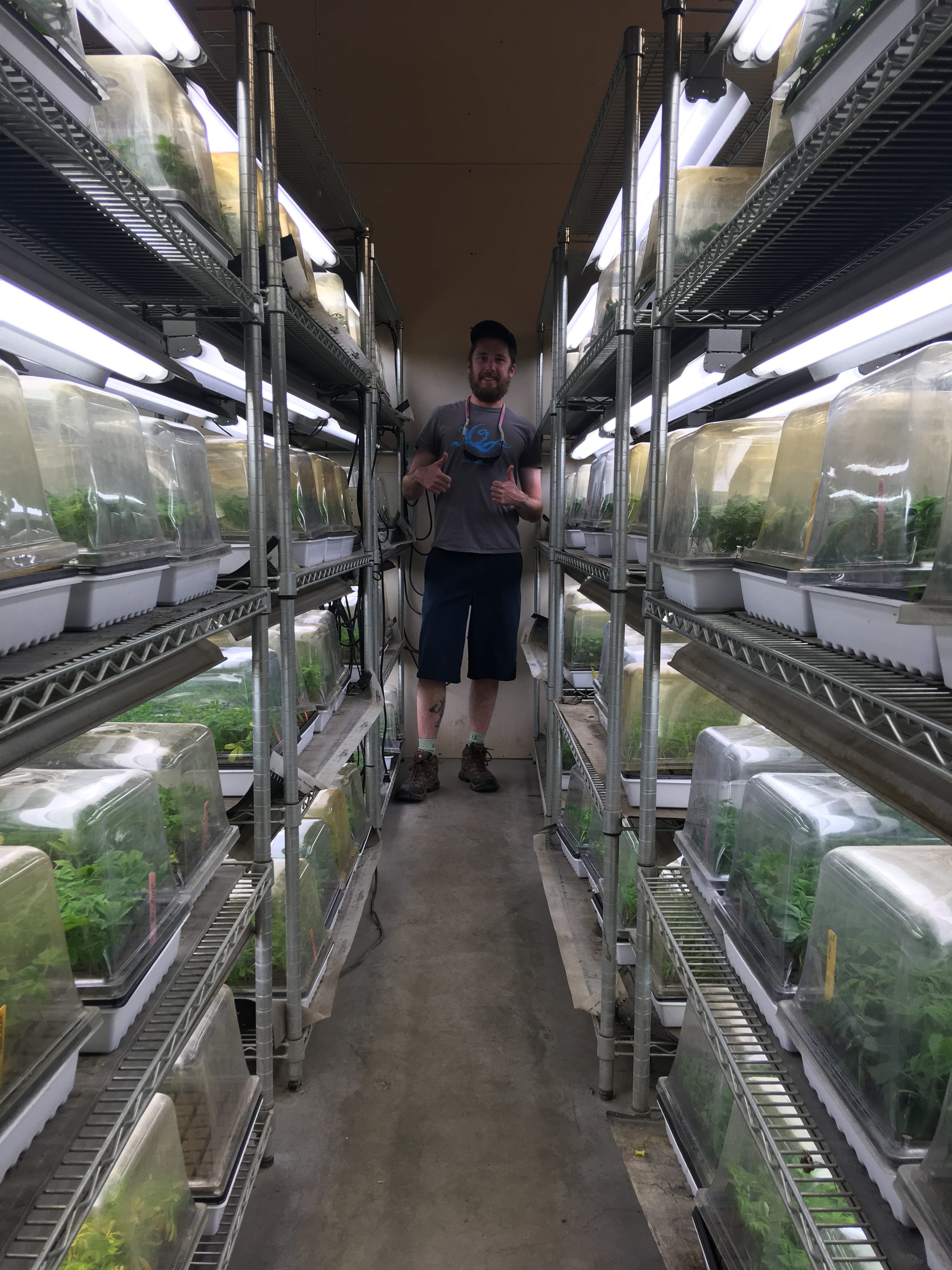
Not only has, in Kurth’s opinion, tourism been proven to be a much more sustainable industry than logging and fishing (Humboldt County has historically been a major logging area), the arrival of cannabis tourism has done wonders for his corner of Northern California.
“Legislation is not just making my business possible,” he points out. “It’s making other businesses like hotels and restaurants possible that aren’t cannabis businesses.”
But if you think all this exposure to cannabis results in a bunch of stoners, you’re mistaken. Many cannabis tour companies are barred from handing out weed to guests for legal reasons. Johnson states that Blazing Trails’ customers are prohibited by Oregon law from lighting up while on tour vehicles and in public. However, tourists can legally smoke cannabis while on private property – provided they receive permission from the property owner.
Instead, tour companies are emphasizing the educational experiences they offer participants. Gene Grozovsky, a manager of Los Angeles-based Green Tours, says his guests – who are “not 21-year-olds looking to get high,” he quickly clarifies – have greatly appreciated discovering fascinating tidbits about cannabis, such as the various uses of hemp.
“All we are is a cultural and educational tour,” he declares as his company aims to inform people about Los Angeles culture – a city Grozovsky describes as “paradise for smokers” – as well as the environment and current laws, among other things. “We take [guests] to farms to show how cannabis is grown and to the largest cannabis stores in the world,” he adds.
Another business providing guests a non-smoking cannabis experience is the Jupiter Hotel in Portland, Oregon. It offers a 420 package, which features an “Everything But the Weed Kit” that treats customers to – among other things – a vape kit, a grinder and discount coupons to local dispensaries.
“It’s absolutely been successful in attracting guests to the hotel. We sell several of them per month,” community manager Katie Watkins says about the “cannabis friendly” hotel’s best-ever selling package. “It’s a lot of fun because we feel there’s an educational piece to it as well. [Visitors] for the cannabis experience might be coming from a city or state that hasn’t legalized cannabis yet so that’s something they’re curious about.”
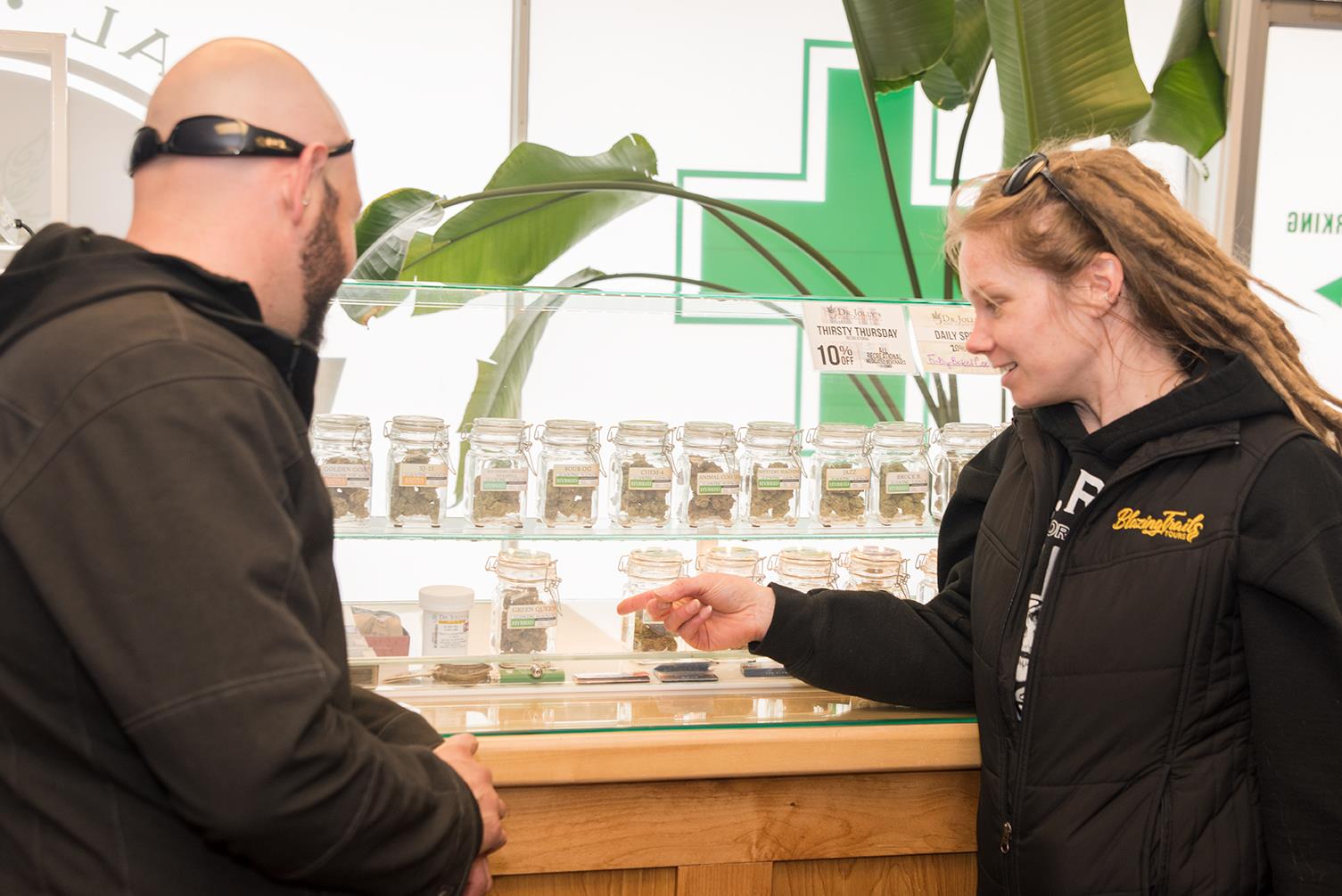
While it’s clear what the general goals of cannabis tourism are, how do tour companies determine what activities to include in an excursion? One step involves incorporating the opinions of prospective guests, an action Johnson takes. That can be challenging because tours can assume different shapes due to customers often having divergent desires – something she notes as she’s frequently had to change planned tour itineraries.
“When a booking comes in, we’ve asked a few basic questions about interests and what people are hoping to learn on our tour. Then, we design the tour with this in mind,” Johnson explains.
Meanwhile, Matt Cronin puts himself in the shoes of cannabis novices when considering what activities to include in a tour. “Anything we feel appeals to the first-time cannabis curious person and the experienced user,” he responds when asked how Canada High Tours decides which activities to select. “We offer tours to dispensaries for the first time nervous customer who has never been to a dispensary before or purchased cannabis. We are there to help and guide [guests] with that first purchasing decision.”
What does the future hold for cannabis tour companies?
Tourism multiplier effects Kurth mentioned would seemingly lead destination marketing organizations (DMOs) and executives in other fields to embrace cannabis tourism. And some of them have: Johnson estimates that 50% of Blazing Trails’ business is directed from the Visit Bend website. The company has received support in Bend’s business community – Blazing Trails produces a segment on cannabis education for a local corporate radio station.
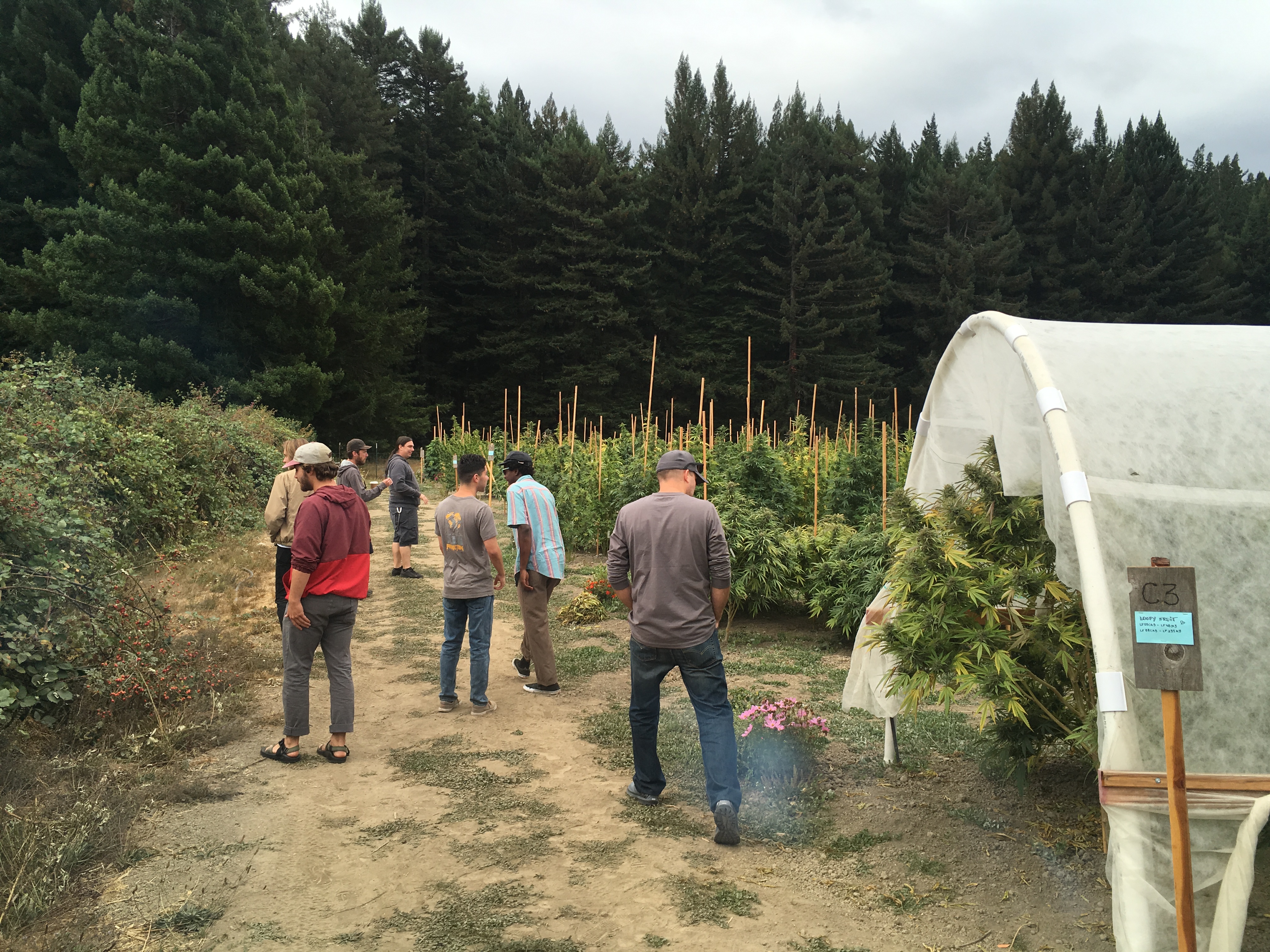
However, unsurprisingly, some tour companies have experienced pushback because as Kurth puts it, “there will always be people opposed to cannabis.” In addition to being delayed in obtaining a business license, Humboldt County Tours encountered a hostile local visitors bureau who was “quite opposed to [promoting cannabis tourism].” Meanwhile up north, Johnson reveals some of her efforts to promote Blazing Trails have been rebuffed.
Fortunately, for Kurth, his local visitors bureau has since done a 180 and now wants to promote cannabis tourism. Kurth also credits the “sophistication” of the area’s cannabis industry, which includes a Humboldt County Cannabis Chamber of Commerce (a consortium of local weed businesses), as well as the invaluable support from other members of his community for the success of Humboldt County Tours.
Once visitors start coming, cannabis tours tend to feature a diverse set of guests. Green Tours, which Grozovsky says was the first cannabis tour business to be featured in TripAdvisor, largely attracts a demographic of well-educated 30-75 year olds that includes doctors and lawyers. Blazing Trails also boasts a varied clientele. According to Johnson, tourists from two-thirds of U.S. states and numerous countries (such as Canada, the U.K., Germany and Singapore) have explored the world of cannabis in Central Oregon. “We see people from all walks of life,” she notes.
And the industry shows no signs of slowing down. In fact, cannabis tourism could be set for an even bigger boom if a Grozovsky prediction holds true: He firmly believes it’s inevitable that cannabis will be legalized on a federal level in the United States soon largely because the government has to acquiesce to the states’ wishes.
“In 1934, when there were 37 states that had alcohol consumption [laws] on the books, the federal government had to react and do something about it,” he states. “Currently, we’re at 33 states (including those who have legalized weed for medicinal purposes) that have cannabis laws on the books. When you have 40 states out of 50 that have legalized cannabis (legalization is poised to happen in several more states in the near future), the federal government has no choice but to legalize cannabis.”
High times indeed for cannabis tourism.
Read Ethical Traveler's Reprint Policy.
